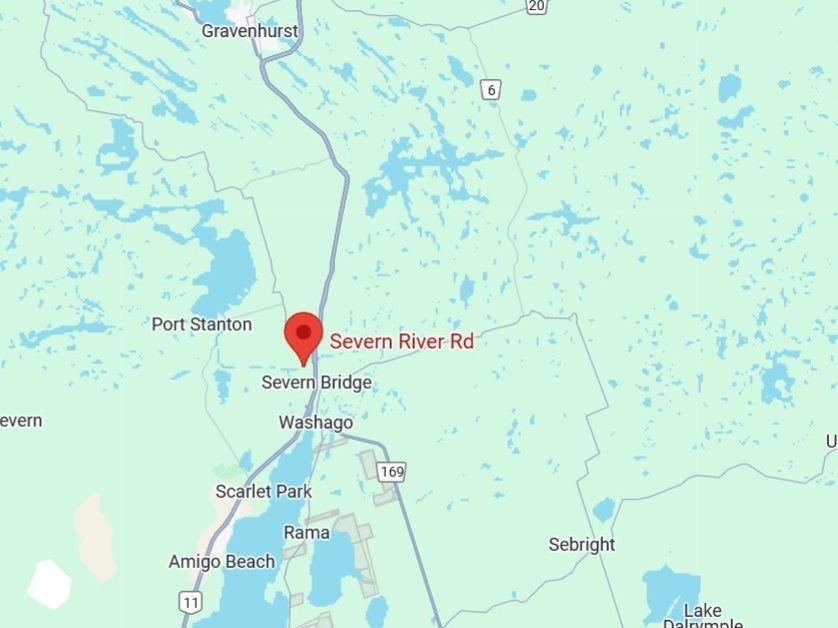On the morning of July 1, 2025, a significant police operation prompted the Ontario Provincial Police (OPP) to close Highway 11 in both directions near Severn Township, just north of Orillia, Ontario. The closure, affecting key sections between Severn River Road and Coopers Falls Road, as well as Canning Road and Graham Road, lasted for about four hours during a busy Canada Day holiday travel period. Authorities issued shelter-in-place orders to nearby residents and advised motorists caught in the area to remain in their vehicles with doors locked. While the OPP confirmed an ongoing investigation and the search for two suspicious individuals, specific details about the incident have not been disclosed. Highway 11 reopened by mid-morning, but a heavy police presence and public advisories remained as the investigation continued.
The Ontario Provincial Police (OPP) initiated the closure of Highway 11 early on the morning of July 1, 2025, following reports that raised concerns about public safety in the Severn Township area. The highway closure was strategically implemented to control the situation and protect travelers during the busy Canada Day holiday, a time when the roadway is typically congested with holiday traffic.
Scope and Impact of the Closure
The closure affected two segments of Highway 11: between Severn River Road and Coopers Falls Road, and between Canning Road and Graham Road. These stretches are vital links for residents and tourists heading to popular destinations around Orillia and the surrounding Muskoka region. The shutdown disrupted normal traffic flow for approximately four hours, resulting in delays and detours for many motorists.
Police Actions and Public Safety Measures
In addition to the highway closure, the OPP issued shelter-in-place advisories for residents living near the affected zones. These orders instructed individuals to remain indoors and secure until further notice, ensuring their safety while officers conducted the investigation. Motorists already on Highway 11 during the closure were advised to stay inside their vehicles with doors locked to minimize risks during police activities.
Ongoing Investigation
Authorities confirmed that the closure and safety measures were related to the search for two suspicious individuals believed to be in the area. The OPP has refrained from releasing detailed information regarding the identities or nature of the threat, citing the sensitivity of the operation. Investigators conducted thorough searches of the vicinity and coordinated with local law enforcement agencies to manage the situation effectively.
Reopening and Continuing Precautions
By mid-morning on Canada Day, Highway 11 was reopened to vehicular traffic, alleviating significant transportation disruptions. Despite the reopening, a substantial police presence remained at key access points to monitor security and ensure continued public safety. The OPP continues to encourage the public to remain vigilant and adhere to any updated advisories as the investigation proceeds.
Context and Public Response
The closure of a major highway during a national holiday highlights the priority placed on public safety by law enforcement. Community members expressed a mix of concern and appreciation for the responsive measures taken by the police. Local officials acknowledged the challenges posed by the disruption but emphasized the importance of precautionary actions in situations involving potential threats.
The coordinated police operation on July 1, 2025, underscored the Ontario Provincial Police’s commitment to ensuring public safety during a critical holiday period. While the temporary closure of Highway 11 caused significant disruptions, the measures taken—including shelter-in-place orders and vehicle lockdown advisories—were essential for managing the ongoing investigation and mitigating potential risks. The reopening of the highway by mid-morning allowed for the resumption of normal travel, yet the continued police presence serves as a reminder of the evolving nature of the situation. Authorities remain vigilant, urging the community to stay informed and cautious as the investigation unfolds. This event highlights the challenges faced by law enforcement in balancing public safety with minimizing inconvenience during times of heightened alert.

